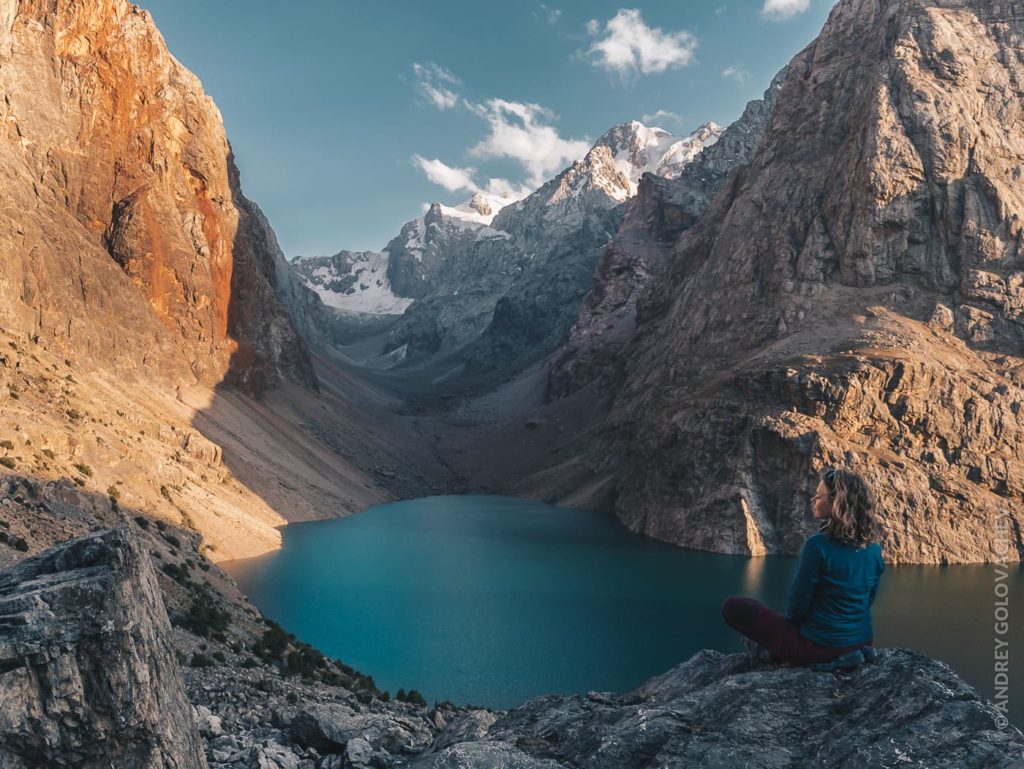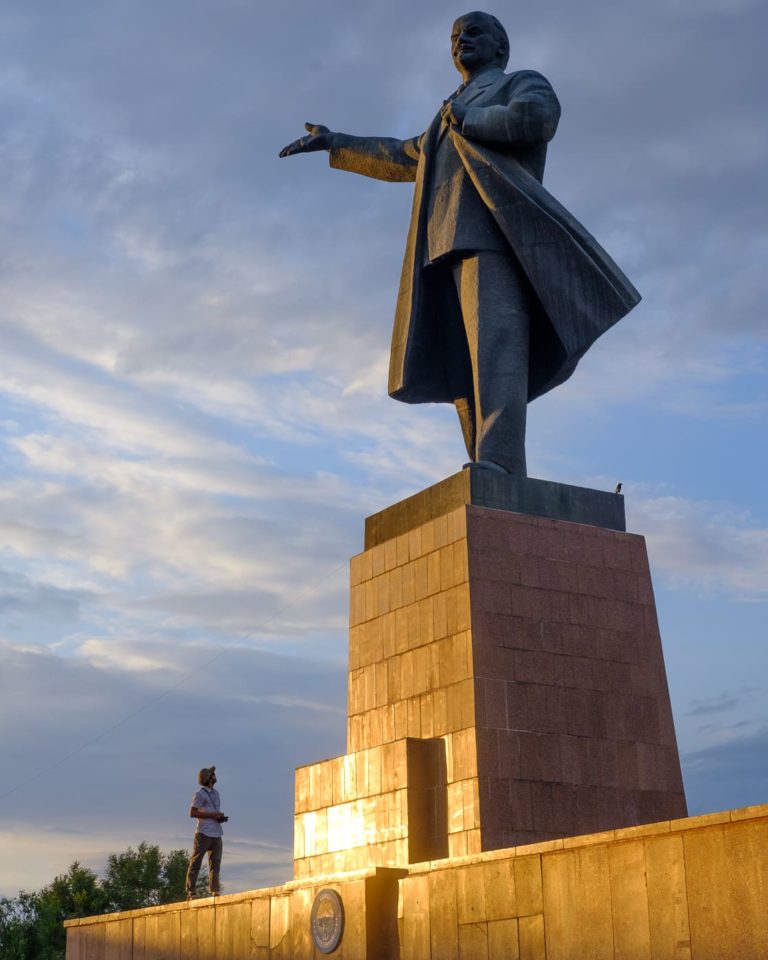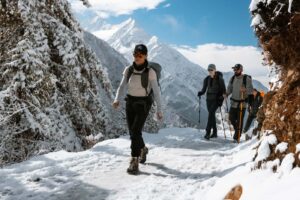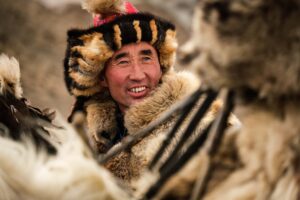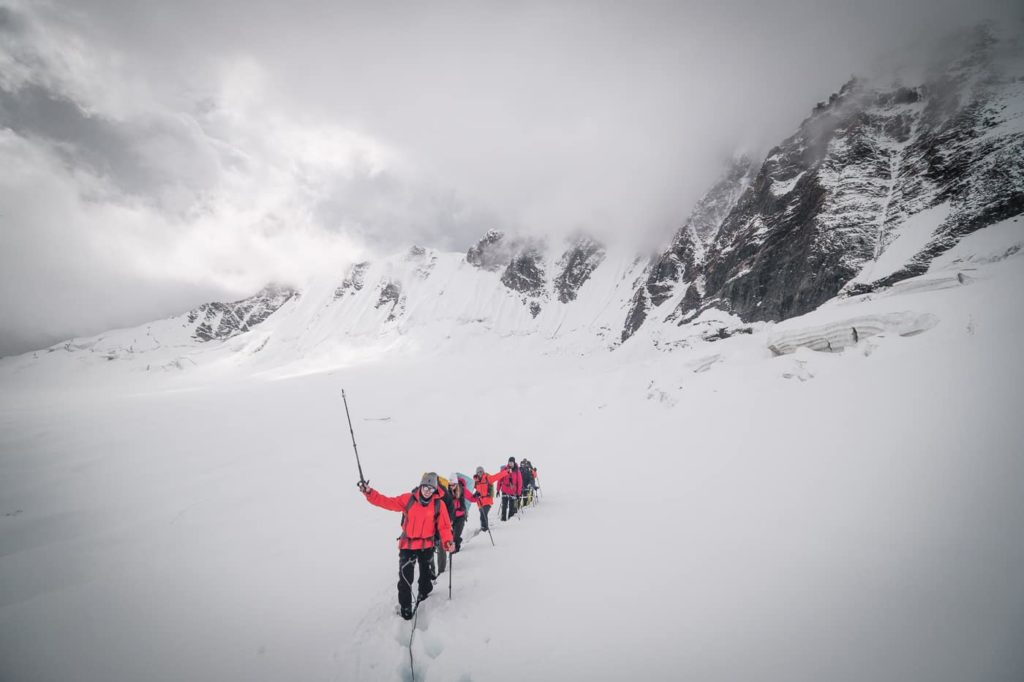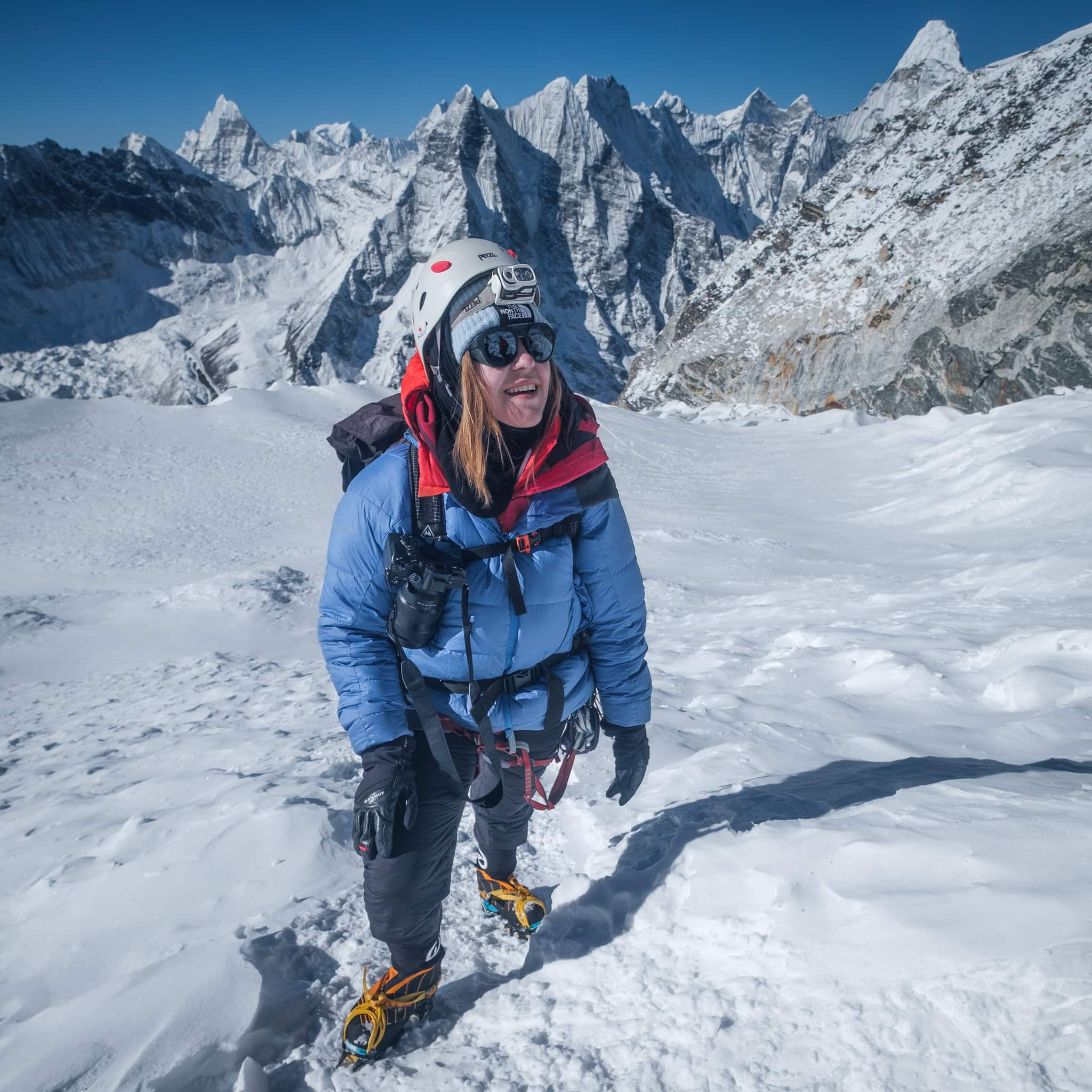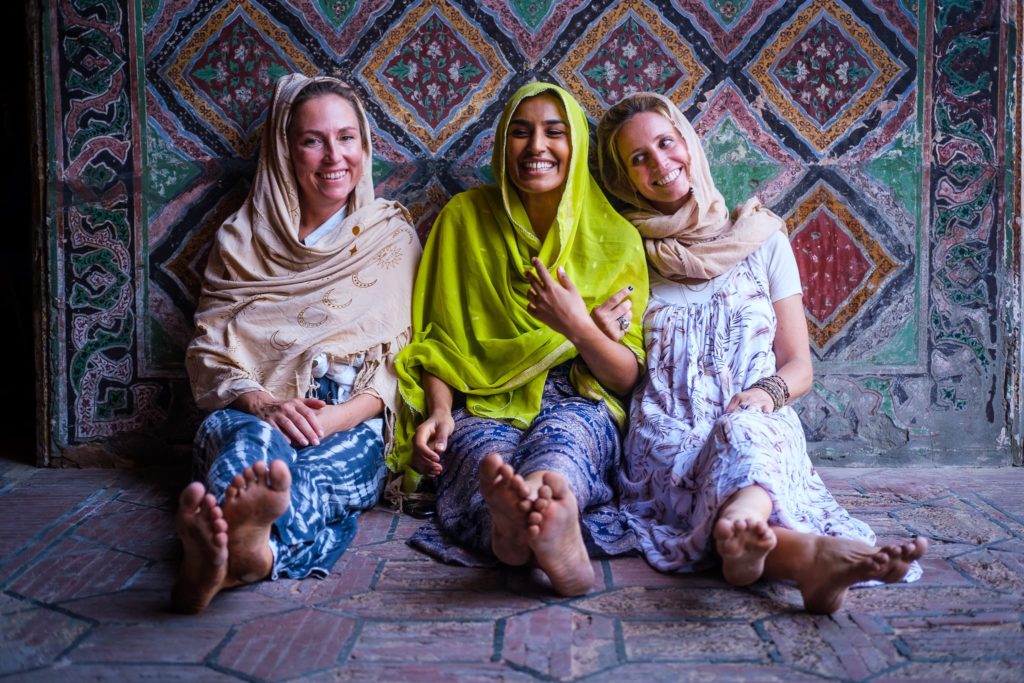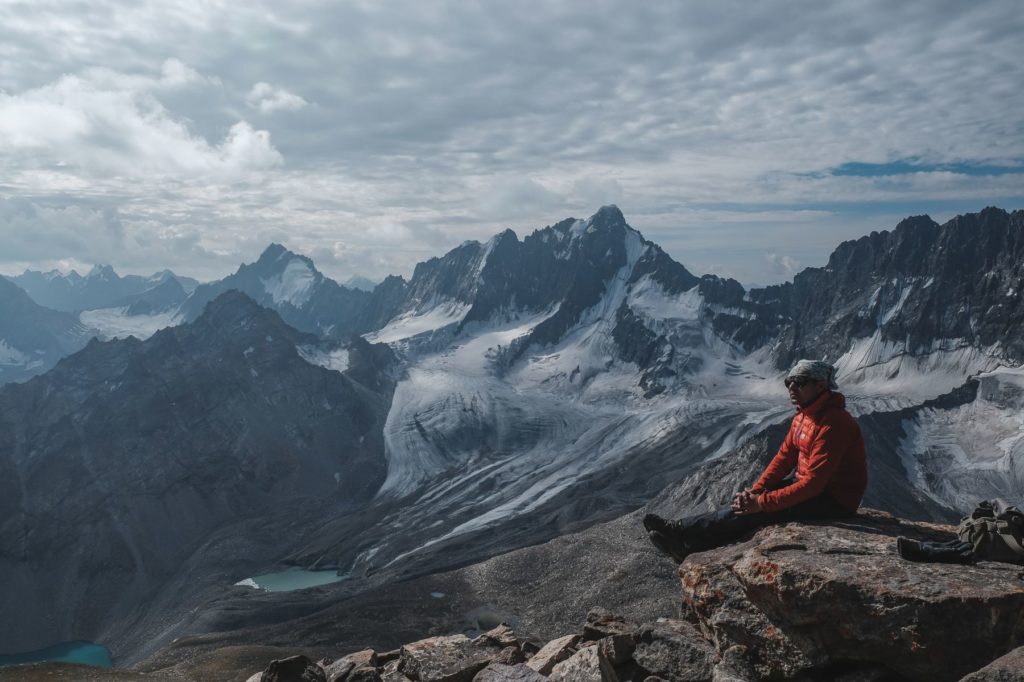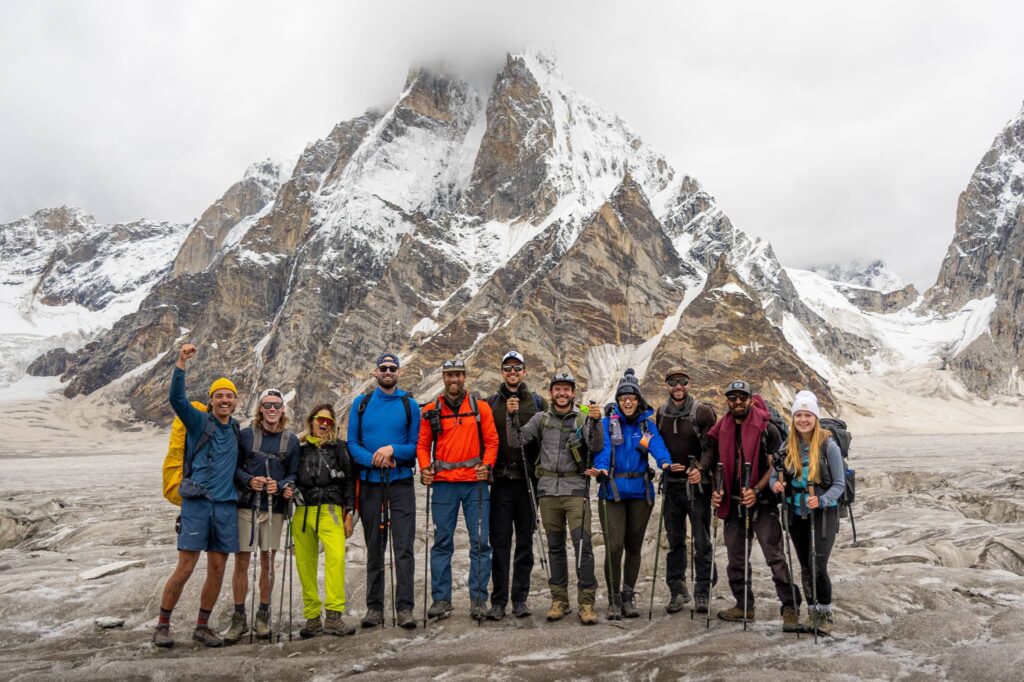Tajikistan is known for being a mountainous country in the heart of Central Asia. This is the land of the ancient Silk Road, rugged mountains, and the famous Pamir Highway.
What many people don’t realize, however, it that all of the hype around the Pamir Range and Wahkan Corridor bordering Afghanistan means that a major mountain range system is often forgotten about: meet the Fann Mountains.
The Fann Mountains are located in western Tajikistan and are home to one of the most intact cultures in all of Central Asia. Azure lakes, snow-capped peaks, and wide open spaces in every direction… trekking in Tajikistan is like walking into a hiker’s dreamland. So of course, Epic Expeditions needed to run trips there.
To help you guys better understand this unique region, we put together a list of things you did not know about what Fann Mountains Trekking and Trekking in Tajikistan are all about.
Photography by Epic Guide Andrey Golovachev
The Fann Mountains are Home to the Seven Lakes Trek
The big draw for us to this region is no secret: we are all about Tajikistan trekking and getting off the beaten path into the mountains.
Over the course of the Fann Mountains trek, you will experience 7 different high-altitude lakes and a couple of mountain passes, culminating with a crossing of Chimtarga Col at 4,750 meters.
The total trekking distance is 70 km, with 9 nights spent in a tent under the vast Tajik sky.
For reference, this trek is 30% shorter than the Everest Base Camp Trek, yet slightly more difficult due to the remoteness and terrain. For experienced hikers this Fann Mountains Trek provides one of the most scenic Tajikistan trekking opportunities out there.
Tajikistan Was Part of the Soviet Union
Many people from the west do not realize that most of the “Stan” countries were in fact part of the former Soviet Union. Within the Soviet Union, the country’s modern borders were created when it was part of Uzbekistan as an autonomous republic before becoming an official Soviet republic in 1929.
Much the same as other countries behind the Soviet “Iron Curtain”, during the Soviet Era it was difficult to get reliable news and information as to what exactly was happening in Tajikistan during this period.
Remarkably, ethnic Tajiks retained their sense of identity and culture, despite the extreme suppression of all non-Soviet culture by Stalin and the USSR during the 68 years it existed.
Ready to trek in the Fann Mountains?
The People of Hunza Valley are Related to Tajiks
The Hunza Valley in Pakistan is one of the most popular areas for trekkers and international tourists to visit in the country.
Centuries ago, people living as nomad herders in the mountainous area that borders Pakistan, Afghanistan, and Tajikistan known as the Wakhan Corridor migrated to this far-flung region of Nothern Pakistan and settled there.
Ethnically speaking there are distinct cultural links between Hunza Valley people and Tajiks – namely the language both speak. The Wakhi language in upper Hunza Valley is thought to be a dialect of other Pamir languages and a dialect of Tajik.
The people in the Fann Mountains are more straight up Tajik than Wakhi or Iranian culturally – however if you put them in a room with people from Hunza, they would be able to understand each other.
Wine is Produced in the Fann Mountains
Ok wine is not technically produced in the actual mountains, but there is a town close by where local wine is produced and sold. The bazaar town of Penjakent is the main wine-producing hub of the region.
Though Tajikistan is a Muslim country, locals do like to enjoy a glass or four of local wine.
Who said trekking in Tajikistan had to be a wine-free affair?
Samarkand, the Silk Road, and Uzbekistan are Not Too Far Away
One of the most important hubs during the times of the ancient Silk Road, Samarkand in Uzbekistan is only a few hours away from the Fann Mountains by car (and only 1 hour from the Tajikistan border).
Starting off the trip by exploring the beautiful markets and mosques of Samarkand means our Trekking in the Fann Mountains adventure is not all about backcountry hiking experiences.
Travelers starting their Fann Mountains journey in Samarkand means you will get to take in the people and culture of Uzbekistan for a couple of days before departing for the trek in Tajikistan.
For Most Nationalities, Getting a Tajikistan Visa is Easy
While most foreign nationals will need to apply for an e-vsa in advance for Uzbekistan (usually takes only a few days to get), the visa policy of Tajikistan is much more relaxed. Most western nations, including the USA and Canada but excluding British nationals, may enter the country for a period of 30 days without needing to get a visa in advance (Tajikistan visa on arrival (VOA) ).
The chill Tajikistan visa policy means that the country and the Fann Mountains in particular are more accessible to hikers without needing to navigate the world of visa bureaucracy – which is always a win!
Fann Mountains Trekking / Trekking Tajikistan: FAQ
Participants will need consider visa procedures for two countries on this trip: one for Uzbekistan and one for Tajikistan.
Many Western nations do not need a visa to visit Uzbekistan. US citizens will need to arrange a visa beforehand. Those who need visas can acquire them either via an online portal or by applying at your local embassy.
Note: you will need a DOUBLE-entry visa for Uzbekistan.
The visa policy of Tajikistan is much more relaxed. Most Western nations, including the USA and Canada, don’t need one to enter the country.
Always check before booking the visa policy of both Uzbekistan and Tajikistan for your nationality.
The dominant language in Uzbekistan is Uzbek, a form of Turkic. In Tajikistan, it is Tajik, a form of Persian. Various communities also peak their own dialects.
Russian is the de facto language of both countries though and is widely understood by all.
The total length of the self-contained section of the trek is about 60 kilometers done over 9 days. Yet unlike hut-to-hut trekking common in Europe and Nepal, our trip involves wild camping, mostly on pristine alpine meadows above the treeline.
Remaining self-contained allows for more tranquility and enables a more intimate connection with nature. This also means no lodges, no showers and no maintained trails. We may spend days – or even the entire trek – without seeing any other humans.
The trekking season in the Fann Mountains is short, and sometimes made shorter by high snowfall in either spring or autumn. Summers are relatively dry but storms can happen at any time of the year. By September, it can be quite cold at higher elevations.
For the first five days of the trek, we will have a team of pack mules helping to carry a bunch of our group gear and personal luggage.
We will then get to a point where we need to cross a mountain pass in which the mules can not cross.
At this point you will need to carry your own backpack OR there is the opportunity to hire a human porter for an additional $100 USD.

